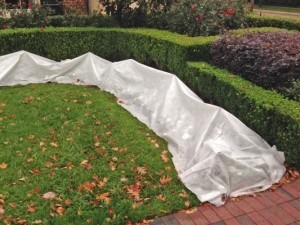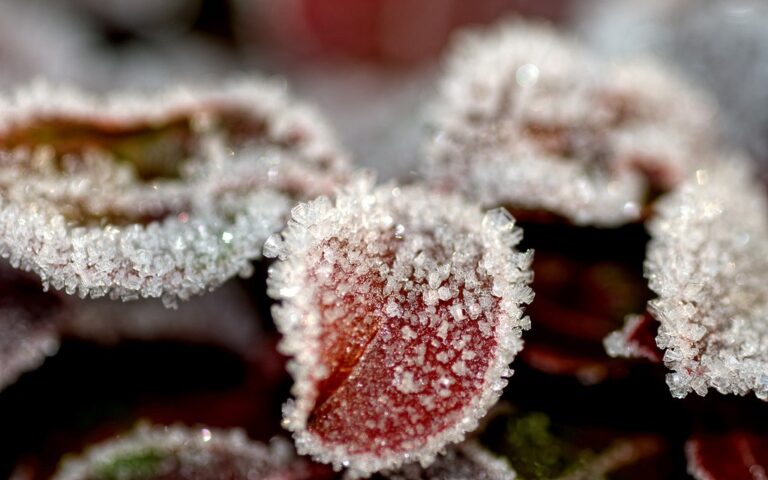It’s quite rare here in the South, but every now and then, we do get a freeze warning. As many of our southern gardens are made to take the heat, a freeze warning can be quite damaging if we don’t plan ahead or protect our plants. Here are the best ways to protect your garden during a freeze.
Know Your Plants: Which Plants Need Frost Protection?
Know which gardening zone you are in (New Orleans is in zone 9a) and select your plants accordingly. You can be assured that your crepe myrtles, camellias, and Hollys will make it out just fine. Some plants in your zone will survive freezes but may go dormant or die back in cold weather. Any summer annuals or indoor tropical houseplants will not likely survive a freeze and will need protection. Bougainvillea and hibiscus is a common plant in our area that often gets damaged. Regarding fruit trees, satsumas, oranges, kumquats, and grapefruits will survive, but watch out for your lemon and lime trees.
How to Protect your Garden during a Freeze
Bring Potted Plants Indoors
If your plant is in a container, you can bring your plant indoors temporarily. Put plants near a window and avoid putting them under heater drafts to avoid temperature shock.

Cover Plants for Frost Protection
For the plants that can’t be brought indoors, cover with a frost cloth. This is the best solution for plants which can be found at TPG – The Plant Gallery. Use stakes to tent the cloth coverings so that the cloth is not touching the leaves of the plant and secure the ends of the covering with weights. If possible, provide some sort of heat source such as old incandescent Christmas lights or a spotlight under the cloth as well. Remove the cloth immediately after the freeze so that the plant can breathe. If you don’t want to spend the money on a frost cloth, an old blanket, cloth, or tarp can provide plants with frost protection. However, when using plastic, you need to be very diligent to remove it when it starts to warm up or the sun comes out because the heat can result in plant damage.
Water Your Plants ahead of the Freeze
For a quick freeze, water the soil around your outside plants before the freeze as this holds heat in better than dry soil. However, avoid doing this in the case of an extended hard freeze.
Mulch Plant Roots
For a short cold snap, you can mound up mulch around the trunks and roots of outdoor plants to protect them from frost. Be sure to un-mound the mulch and spread it away from the trunks as soon as the freeze passes.

If your Plant is Damaged from Frost, Wait and See
Avoid the urge to immediately prune away unsightly damage until we are clear of frost danger! Pruning too early could cause your plant to send out new growth at an inopportune time. The energy it puts into creating new growth should be encouraged in the spring outside the last frost date. Cold damage to tender new growth could ultimately kill the plant. Wait well after the last frost date to prune or get rid of undesired plants. A good way to tell if your plant has some life in it is by scratching the stem or trunk, if it’s firm and a vibrant green underneath you’re in luck, if it’s hard or usually mushy and brown underneath then it’s likely dead. Test multiple parts of the plant, a single branch may be dead but the plant otherwise could be very healthy. At the end of the day waiting for signs of life can save your plant.
Thank you for reading and we hope that this provides you with some tips on how to protect your garden during a freeze. Enjoy our mild gardening weather this winter and if the weather turns frightful, we hope you and your plants stay warm! If you have any questions or need some frost cloths, stop by TPG – The Plant Gallery and we will be happy to help you!
Featured Image: Maracay Homes



